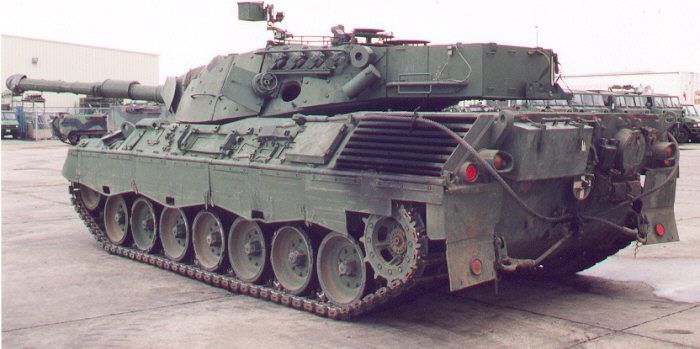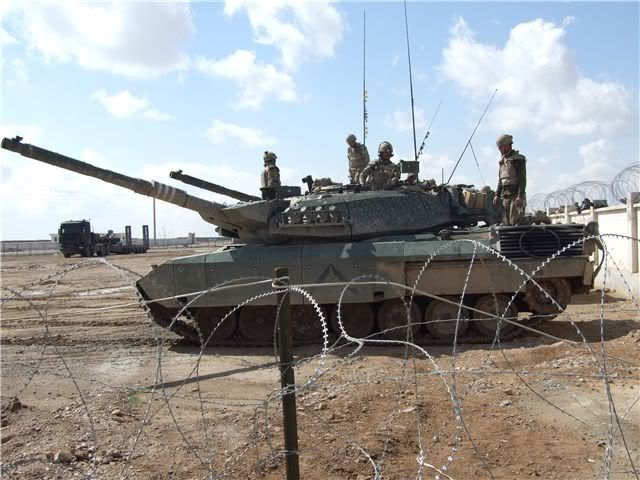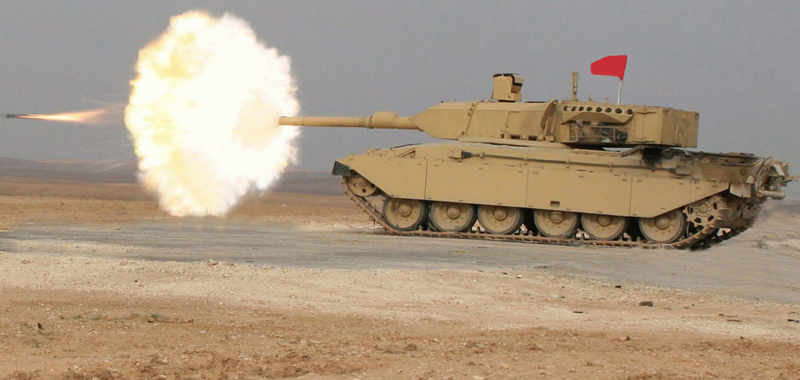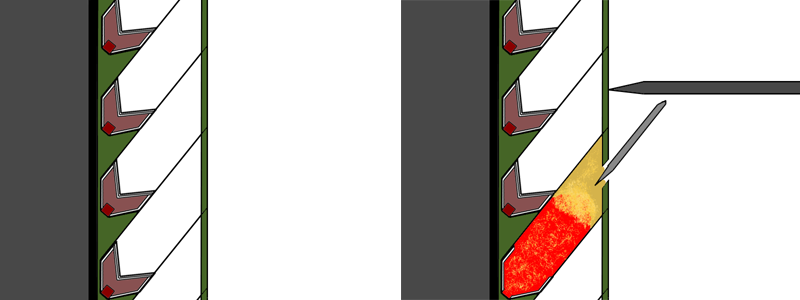
About:
Nineven International is the combined export corporation for several Sumerian Arms Companies. Sparked by a debate regarding export regulations of nationalized industries, Nineveh International was built around the Nineveh Armoured Works Export Division, which had been created prior to experiment in export potential of their systems. At present Nineveh International provides export services for the following industries in the international arms market.
- Nineveh Armoured Works
- Kish Jet Propulsion Laboratory
- Nas-Arabeh Armoury
Products from Nineveh International are only of the highest caliber, being proven in the harshest testing process available at Nas-Arabeh Proving Grounds in the Dictorial Republic of Sumer, all systems meet the highest quality standards. Current and former systems sold through Nineveh International are proven elements of the Sumerian Armed Forces, arguably among the best equipped and trained armoured forces in the world, and a world leader in armoured fighting vehicle development.
Products:
MCA-3 Chassis:
- MCA-3M/L Medium Tank (No longer produced/ 7,000,000 surplus)
MCA-7 Chassis:
- MCA-7B Main Battle Tank (No longer produced/No surplus)
- MCA-7C Main Battle Tank (No longer produced/No surplus)
- MCA-7E Main Battle Tank
- PIV-28 Heavy Armoured Personnel Carrier
- PIV-30 Armoured Infantry Combat Vehicle
- TD-7 Self Propelled Gun
- ADTV-7 Air Defence Vehicle
- TLB-18 Tank Launched Bridge
Record of Exports as of 06/26/09:





